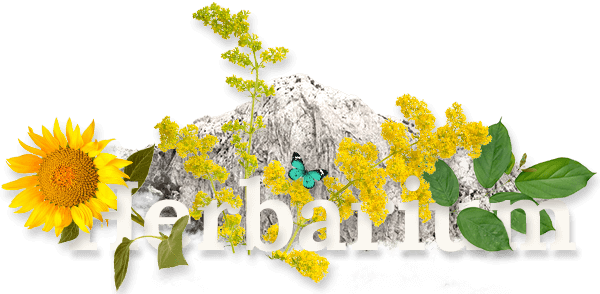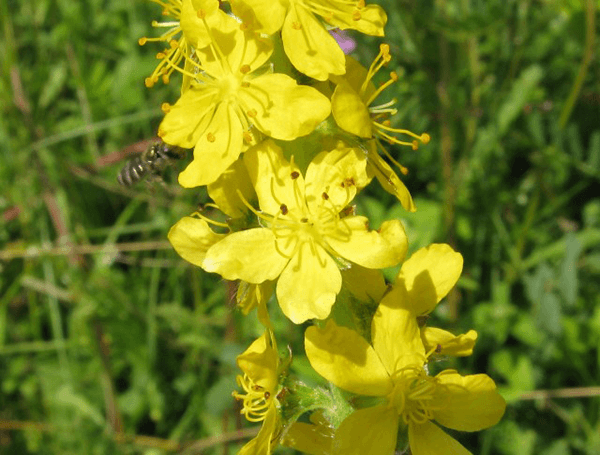Izradu internetske stranice sufinancirala je Europska unija u okviru operativnog programa Konkurentnost i kohezija iz Europskog fonda za regionalni razvoj.
saznajte više

COMMON AGRIMONY
lat. Agrimonia Eupatoria
Other names: Common agrimony, church steeples, cockeburr, philanthropos and stickleworth
Scroll
Habitat:
Native to the Northern Hemisphere, it’s found in North America, England and Europe, Asia and in localized places in southern to central regions of Scotland. Agrimony is a peripheral plant, best suited for hedge banks, field margins, roadsides, dry thickets, and other shrubby waste areas of temperate regions in sun and semi-shaded places in dry, alkaline soils. The seeds are hardy but need cold weather or stratification to germinate.
Plant Description:
Agrimony is a medium-sized flowering plant standing 0.5 to 2 meters high. It is full, with a vibrant greenery of pinnate leaves and small yellow flowers growing from a single spike. The leaves and stems are covered with fine hairs with barb-like ends. Leaves have a resinous texture on the underside. The whole plant is slightly aromatic even the roots, which have an apricot scent. The numerous yellow flowers are closely clustered on slender spikes, which tend to stretch when seed vessels mature. Agrimony flowers from June to early September in most places.
The long flower spikes are the reason the plant is known by the name church steeples in some areas and cockburr and sticklewort in others. Plant roots render a yellow dye.
Plant Part Used:
Dried leaves, flowers, stem and oil. The plant parts should be collected when in flower and before the seed capsules are formed. Stems thicker than 5 mm should not be collected and the lower parts of the plant should be left alone so it regrows. The herb is dried at a temperature up to 35 ° C and then stored in sealed containers that offer good protection from light and moisture. The herb has a slightly aromatic fragrance and a spice-like, bitter taste and can be used in the form of extracts (herbal tea), tablets, capsules, liquid extracts, and tinctures.
Pharmaceutical use:
The dried flowers of agrimony are used to make a spring tonic or diet drink and are thought to purify the blood. In France it is served tableside as a beverage and also used as an herbal remedy for coughs. This herb contains tannins believed to aid in ease of digestion and for mild and acute diarrhea. It is also beneficial for troublesome bowel issues and to help tone mucous membranes and improve function. Because of its diuretic effect agrimony can help shed excess water weight and helps to flush the kidneys and bladder and helps to get rid of kidney stones. It is sometimes combined with corn silk to alleviate the symptoms of cystitis and urinary incontinence. Due to its blood purification qualities, agrimony may help relieve symptoms of jaundice, liver ailments, and other blood conditions. This flushing aids in relieving the liver of built-up toxins and makes organ functioning better able to rid the body of disease. This plant has many topical uses, including rheumatism relief and skin eruptions like pimples, acne and blotches and even scrofulous sores and eczema without noted adverse affects in moderate use.
Cautions:
Please be aware that herbs, although natural can interact with certain medications, and that they may be ill advised to use under certain health conditions. Please consult a qualified health practitioner for cautions pertinent to you.
No therapeutic claim is made or intended for AZENA products. Information is for educational purposes only.




